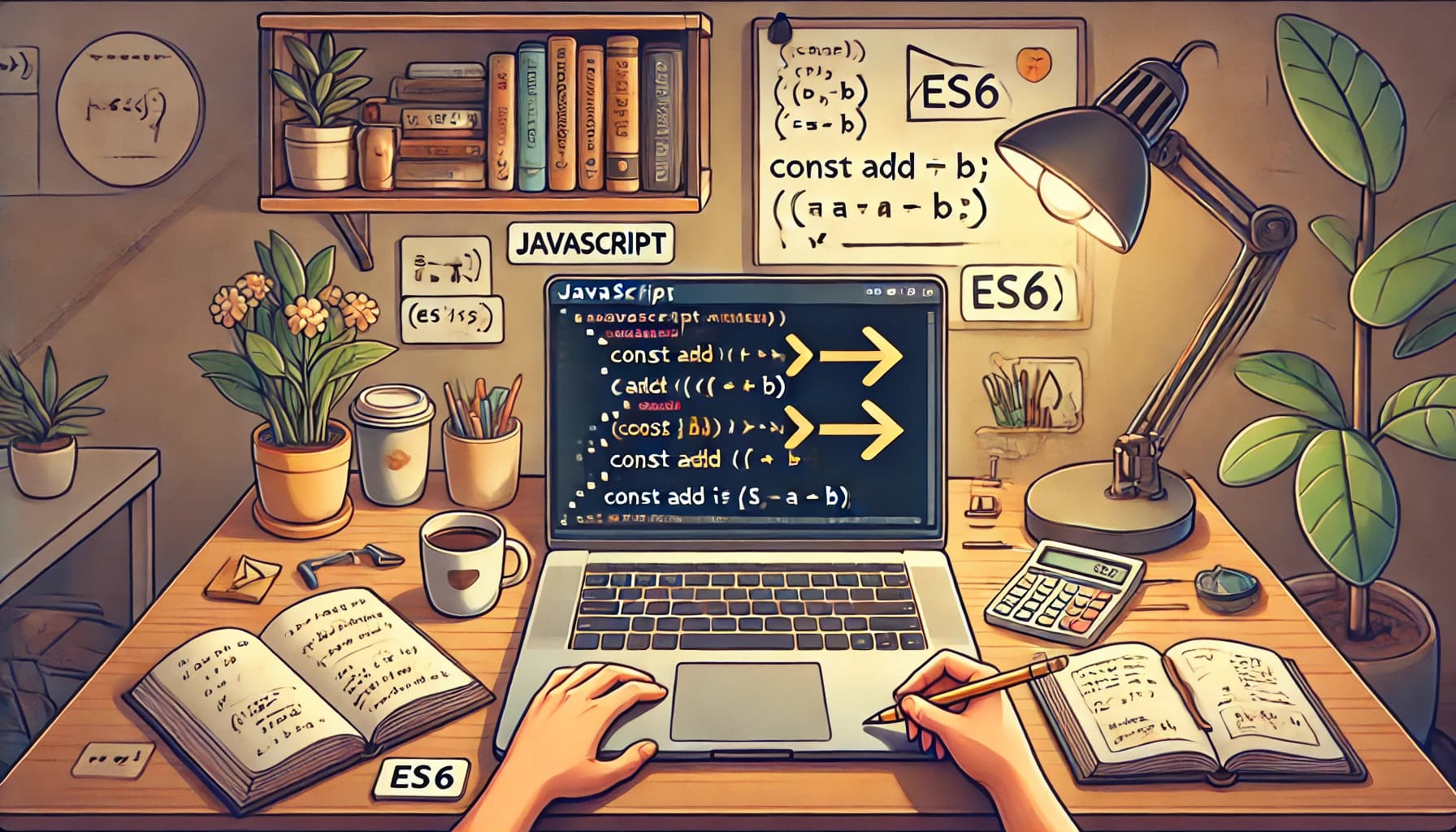Introduction
In JavaScript, variables are used to store and manipulate data. However, how variables are declared can have a significant impact on your code's behavior. JavaScript provides three ways to declare variables: let, var, and const. Each has its own unique characteristics regarding scope, reassignability, and hoisting behavior.
In this post, we'll take a closer look at the differences between these three keywords and explore the best use cases for each. By understanding these differences, you'll be able to write more efficient, bug-free JavaScript code.
1. let: Flexible, Block-Scoped Variables
The let keyword is used to declare variables that are block-scoped, meaning they are only accessible within the block of code in which they are defined. Additionally, variables declared with let can be reassigned to different values.
let x = 5;
x = 10;
console.log(x); // Output: 10In this example:
The variable x is first assigned the value 5.
Later, we reassign x to 10.
The updated value of x is logged, confirming that reassignment is possible with let.
2. var: Function-Scoped Variables with Hoisting
In contrast to let, the var keyword declares variables that are function-scoped or globally scoped. One of the unique features of var is hoisting, where variable declarations are moved to the top of their scope during compilation, regardless of where they appear in the code.
console.log(y); // Output: undefined
var y = 5;
console.log(y); // Output: 5In this example:
- We attempt to log the value of
ybefore it is declared. - Instead of throwing an error, JavaScript outputs
undefined, which occurs because of hoisting. The declaration is moved to the top, but the assignment occurs later. - After the assignment, the second
console.logshows the updated value ofy, which is5.
Tip: The hoisting behavior of
varcan lead to unexpected issues, so it's generally recommended to useletorconstfor better scoping control.
3. const: Immutable Variable Binding with Block Scope
The const keyword is used to declare variables that cannot be reassigned. However, it's important to note that const does not make the content of objects or arrays immutable. It only ensures that the variable itself cannot be reassigned.
Example (reassigning a const variable):
const z = 5;
z = 10; // Error: Assignment to constant variable
console.log(z);In this example:
- Attempting to reassign a
constvariable results in an error, asconstvariables cannot be reassigned.
Example (modifying the properties of a const object):
const person = { name: "John", age: 30 };
person.age = 31;
console.log(person); // Output: { name: 'John', age: 31 }In this example:
- While the
personobject is declared usingconst, we can still modify its properties, such asage, because the immutability only applies to the variable binding itself, not to the object’s internal properties.
To Summarize
- Use
letwhen you need a variable that can be reassigned and is block-scoped. - Avoid using
vardue to its function-scoping behavior and hoisting quirks. - Use
constwhen you want a variable that should not be reassigned, but keep in mind that its content (for objects and arrays) can still be modified.
Conclusion
Understanding the differences between let, var, and const is fundamental for writing clear, maintainable, and error-free JavaScript. By using the right variable declaration method in the right context, you can avoid common pitfalls like unintended variable reassignments or scope issues.
- Prefer
letfor variables that require reassignment. - Use
constfor variables that should remain constant throughout their lifecycle, although the contents of objects and arrays can still be modified. - Avoid
varwhenever possible, as it has function-scoping and hoisting behaviors that can lead to unexpected bugs.
By mastering these concepts, you’ll gain a solid understanding of variable declarations in JavaScript and enhance your ability to write efficient and reliable code.
Additional References
For further reading and to deepen your understanding of JavaScript variables and best practices, check out the following resources:
These resources will help you expand your knowledge and further improve your skills in JavaScript programming.







